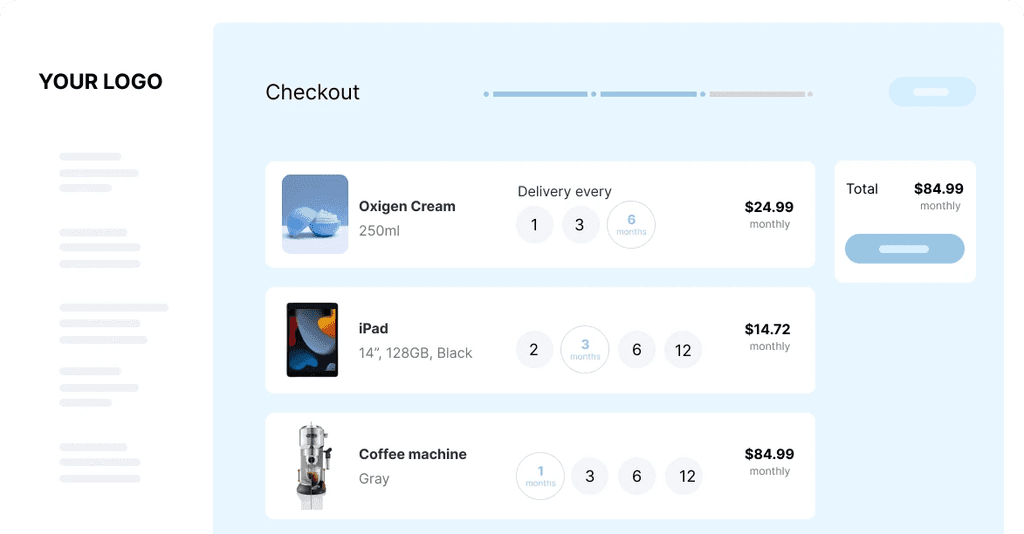The Complete Guide to Sustainable Business Model Canvas: Transform Your Business for the Future
Patricia Bernal

Feb 18, 2025
Understanding the Power of a Sustainable Business Model Canvas
The Sustainable Business Model Canvas is more than just a modified version of the traditional canvas. It integrates environmental, social, and economic factors to help businesses create positive change. Rather than just reducing negative impacts, this framework helps organizations completely rethink how they create value. It enables companies to build profitable business models that actively benefit people and the planet.
Why Use a Sustainable Business Model Canvas?
This canvas helps you make sustainability core to your operations. By visually mapping out how your activities connect and impact both society and the environment, you can spot new opportunities. For instance, you might discover ways to work with eco-friendly suppliers or identify areas where you can reduce waste. The canvas also helps ensure your business decisions benefit both your bottom line and your community.
Key Components of the Sustainable Business Model Canvas
The canvas adds several important elements to address sustainability alongside the traditional nine building blocks:
Key Environmental Impacts: Maps out your company's effects on nature - from resource use and emissions to waste and biodiversity impacts
Key Social Impacts: Examines how your business affects people through labor practices, community involvement, product safety, and data protection
Value Proposition for Sustainability: Shows how your offerings specifically help the environment and society, such as lower emissions or ethically-sourced materials
Sustainable Cost Structure: Analyzes both the investments needed for sustainable practices and potential savings from efficiency improvements
Since the early 2010s, more companies have adopted this approach as environmental and social issues have become priorities. Research from 2018 identified 45 proven patterns for sustainable business models that are now part of various planning tools, including this canvas. Learn more about implementing these patterns here.
From Canvas to Action: Implementing Your Sustainable Strategy
This canvas is meant to drive real change, not just theory. Using it effectively means setting specific goals for each area, assigning clear responsibilities, and tracking progress regularly. This practical approach ensures sustainability becomes part of your daily operations and long-term planning, rather than just a nice idea.

Mastering the Three Pillars of Sustainable Business

Building a sustainable business means more than just reducing negative impacts. It requires actively contributing to environmental health and social equity while maintaining financial success. This approach rests on three key foundations: environmental stewardship, social responsibility, and economic stability. These elements work together - success depends on giving each one proper attention.
The Environmental Pillar: Minimizing Ecological Impact
Environmental responsibility starts with reducing your company's impact on nature. Key focus areas include cutting greenhouse gas emissions, using resources wisely, reducing waste, and protecting wildlife habitats. Many businesses are switching to clean energy, adopting circular economy principles, and designing products that last longer and can be recycled. The goal is simple - help ensure our planet stays healthy for future generations.
For more, check out this blog on Recommerce. This is the future of sustainable consumption via the sale or exchange of second-hand products, giving them a new life once it is no longer in use or of value to the current owner.
The Social Pillar: Fostering Positive Societal Impact
The social component looks at how your business affects people - both employees and the broader community. This means fair wages and working conditions, building diverse and inclusive teams, ensuring products are safe, and making positive contributions to local areas. It also involves checking that suppliers respect human rights and follow ethical practices. Strong relationships with everyone your business touches are essential.
The Economic Pillar: Ensuring Long-Term Viability
Financial health keeps your business running and growing over time. This means more than just chasing profits - it's about building an operation that can adapt and create value year after year. Smart businesses invest in new ideas, build reliable supply networks, and focus on keeping customers happy. The United Nations' 17 Sustainable Development Goals (SDGs) show how environmental, social and economic progress work together. Learn more about implementing the SDGs here.
Integrating the Three Pillars in the Sustainable Business Model Canvas
The Sustainable Business Model Canvas helps companies weave these three pillars into their core strategy. By carefully considering environmental and social impacts alongside financial decisions, you can build an organization ready for long-term success. This complete approach helps your business grow while making positive contributions to the world.
Implementing Your Sustainable Canvas Strategy
Moving your sustainable business model from paper to practice requires careful planning and execution. By following the right steps, you can turn inspiring concepts into meaningful actions that create positive environmental and social impact.
From Vision to Action: Initial Steps
Start by defining your sustainability goals in concrete terms. What specific environmental and social changes do you want your business to achieve? Next, map out your key stakeholders - employees, customers, suppliers, and community members who will help drive or be impacted by your initiatives. Early collaboration with these groups, especially employees, can provide valuable insights and build support for your vision.
Building a Roadmap for Implementation
Create a detailed action plan that breaks down your sustainable canvas into clear steps, timelines and responsibilities. Think of this as your sustainability project roadmap. Focus on these key areas:
Value Proposition: Plan how to effectively communicate your sustainable offerings
Customer Relationships: Adjust customer interactions to reflect sustainability goals
Channels: Select the right platforms to share your sustainability message
Key Activities: List specific actions needed to hit sustainability targets
Key Resources: Identify financial, human and technical needs
Key Partnerships: Find partners who can support your goals
Cost Structure: Analyze financial impacts and investment needs
Revenue Streams: Look for new income opportunities from sustainable practices
Environmental Impact: Set up systems to track and reduce your footprint
Social Impact: Create methods to measure community benefits
Adapting and Iterating Your Strategy
Markets, technologies and customer needs keep changing. Your sustainability roadmap should be flexible enough to adapt. Review your progress regularly using performance data and stakeholder feedback. Update your approach based on what's working and what needs improvement. The drive for sustainability continues growing stronger due to climate concerns and economic pressures. Learn more about integrating environmental requirements into business strategy here.
Ensuring Long-Term Success
Building a sustainable business is an ongoing journey, not a one-time project. Create a culture where sustainability becomes part of your company's DNA - embedded in your values, decisions and performance metrics. Celebrate wins and learn from setbacks. With consistent effort and improvement, your sustainable business model can deliver lasting positive impact.
Tracking and Measuring Sustainable Impact

A sustainable business model needs solid measurement systems to track real progress. Looking beyond just financial numbers helps paint a complete picture of your company's impact. By examining environmental, social, and economic performance together, you can better understand if your business is creating meaningful positive change.
Defining Meaningful Key Performance Indicators (KPIs)
Pick KPIs that directly connect to your sustainability goals. Good KPIs should be:
Easy to measure
Relevant to your objectives
Time-bound with clear deadlines
For example, track carbon reduction percentages for environmental impact, employee satisfaction scores for social measures, or revenue from eco-friendly product lines for economic progress.
Building a Comprehensive Reporting Framework
Create a clear system to gather, analyze and share your sustainability data. Regular collection and reporting of KPIs helps keep everyone informed. Be open about sharing results with stakeholders - from investors to customers to employees. When you communicate honestly about your progress, you build trust and show you take responsibility.
Measuring Environmental Impact
Track key environmental metrics like:
Resource usage (water, energy, materials)
Carbon emissions
Waste reduction and recycling rates
Use detailed assessments to understand your products' full environmental effects. This data helps you make smarter choices to reduce your impact on the planet.
For more on conscious or sustainable business models, check out this blog on Sustainable Fintech or this other blog on Circular Economy Business models.
Measuring Social Impact
Social impact involves tracking:
Employee satisfaction and wellbeing
Community engagement hours
Fair labor practices in your supply chain
Collect feedback through surveys and conversations with employees and community members. This helps identify both successes and areas needing improvement.
Measuring Economic Performance
While tracking standard financial metrics, add sustainability-focused economic measures like:
Revenue from eco-friendly products
Cost savings from efficiency programs
Investment in clean energy
These numbers show how sustainable practices benefit your bottom line.
Data-Driven Decision Making for Continuous Improvement
Review your sustainability data regularly to spot problems and adjust plans. If you're behind on goals like emissions targets, explore new tech solutions or process changes. Use data to guide improvements and keep pushing toward your sustainability targets. By measuring progress consistently and adapting based on results, you can grow your positive impact while building a resilient business.
Navigating Common Implementation Challenges
Building a sustainable business model takes more than ambition – it requires dealing with real, everyday challenges. Companies need to manage resistance, get everyone on board, and stay competitive during changes.
Overcoming Internal Resistance to Change
Staff hesitation is a common roadblock. People comfortable with existing practices may worry about new sustainable approaches. This often comes from uncertainty about what the changes mean for their work. The key is clear communication about the benefits - explain how sustainability helps both the environment and business success through reduced costs, new income opportunities, and better company reputation. Provide hands-on training to help teams adapt.
Securing Buy-In at All Levels
Success depends on support throughout the organization. Leadership must champion sustainability by taking visible action and providing enough resources. Middle managers play a vital role by turning big-picture plans into day-to-day actions and ensuring teams have what they need. Front-line staff offer crucial insights about what works on the ground. Including everyone builds shared commitment.
Maintaining Competitive Advantage During the Transition
Moving to sustainable practices should boost your market position, not harm it. Offering eco-friendly products and services attracts environmentally-aware customers. Simple changes like using reusable packaging or ethical sourcing can set you apart and build customer loyalty. These shifts often reduce operating costs too. You might be interested in: How the circular economy is transforming the sustainable future.
Managing Resources and Change Effectively
Smart resource planning is essential. New technology, staff training, and sustainable materials need careful budgeting. Change management matters just as much - communicate clearly about the process, support employees, and tackle concerns early. Start with small pilot projects before expanding to make the transition smoother.
Engaging Stakeholders Throughout the Process
Open communication builds trust. Keep customers, suppliers, investors and community members updated on your sustainability progress and goals. Ask for their input and use it to improve your approach. This teamwork ensures your sustainable model creates value for everyone involved.
Troubleshooting and Risk Mitigation
Plan ahead for potential issues. Develop backup plans for supply problems, address community impacts, and manage reputation risks. Learn from others who've succeeded with sustainable business models. By spotting and handling risks early, you can build a more resilient and effective sustainable business.
Building a Future-Proof Business Model
Building a strong business means staying ahead of change. A future-proof business model helps companies stay relevant and make a positive impact by adapting to new tech, meeting stakeholder needs, and responding to market shifts. Success comes from spotting upcoming trends, preparing for challenges, and making your operations more resilient.
Adapting to Emerging Trends
The business world keeps changing. Artificial intelligence and blockchain create new possibilities while disrupting old ways. Customers increasingly want sustainable, ethical products. Environmental rules are getting stricter. Smart companies stay ahead by investing in new tech research, updating their products based on customer feedback, and going beyond basic compliance.
Responding to Stakeholder Expectations
Your stakeholders - from investors to customers to employees - care about sustainability more than ever. They want businesses to protect the environment and help society. This means being open about your green initiatives, talking with stakeholders about their concerns, and using their input to make better decisions. Building trust pays off. You might be interested in: Learn more about sustainable fintech.
Building Resilience Into Your Business Model
Resilience means handling challenges well. Strong businesses plan for problems like economic troubles, supply chain issues, or natural disasters. Smart strategies include working with different suppliers, developing new product lines, and building good relationships with local communities. This helps companies bounce back from tough times.
Practical Frameworks for Future-Proofing
Here are key tools for building a lasting sustainable business:
Scenario Planning: Map out different possible futures and plan how to succeed in each one
Risk Assessment: Find potential threats and make plans to handle them
Strategic Innovation: Keep testing new ideas - whether that's products, services, or business approaches
Using these tools helps create a business that can adapt and grow as times change. Taking this thoughtful approach leads to lasting success.
Sharpei helps merchants boost sustainability with smart payment options. By offering rental, lease-to-own and subscription choices, Sharpei makes it easy for businesses to join the circular economy and reduce environmental impact. Learn how Sharpei's payment solutions can help your business grow.
Related posts
Ready To Join The Circular Movement?
United for a smarter shopping experience and a better planet












